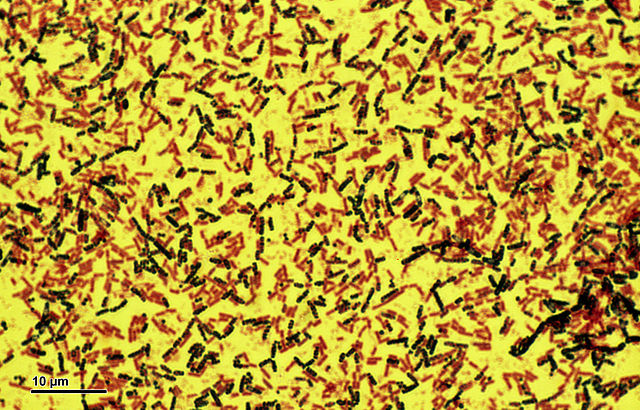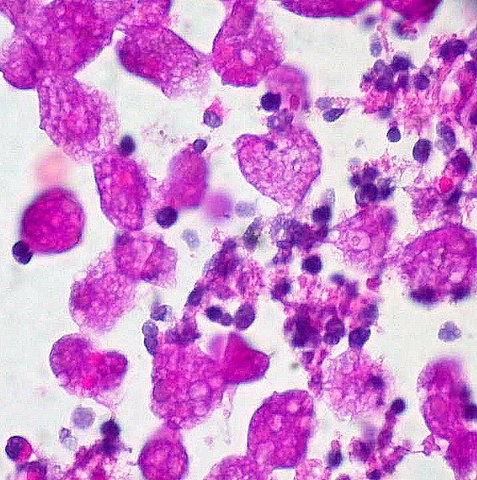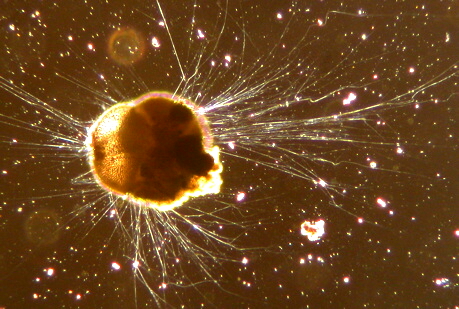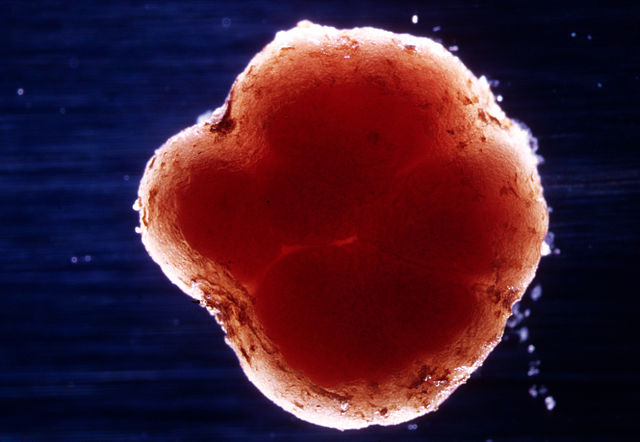 Microbes are living things that are too small to be seen without the aid of a microscope. They may be found anywhere and they turn out to be extremely important for life. So the Thammasat University Libraries did well to acquire The Amoeba in the Room: Lives of the Microbes by Nicholas P. Money:
Microbes are living things that are too small to be seen without the aid of a microscope. They may be found anywhere and they turn out to be extremely important for life. So the Thammasat University Libraries did well to acquire The Amoeba in the Room: Lives of the Microbes by Nicholas P. Money:

The TU Libraries also own other popular science books about microorganisms.
Why should we care? Because according to microbiologists, microorganisms are even more important to life on earth than animals or plants. A single drop of water from the ocean contains around 100,000 bacteria and millions of viruses. The smallest bit of dirt likewise has a vast number of microbes. Our bodies contain viruses and bacteria that determine how we feel. We sometimes overlook these tiny things. Nicholas Money, a professor of botany at Miami University in Oxford, Ohio, writes, “We have been misled by our brains to exaggerate the importance of elephants…the way we teach biology is no more sensible than evaluating all of English literature by reading nothing but a Harry Potter book.” He argues that there are a lot of living things that most people do not even think about. We tend to think about animals we can see, instead of things we cannot see, like the amoeba. There are living things even smaller than amoebae, and these are especially important in water life. As Money says, in the marine world, “almost everything that matters is microscopic.” Some cells without nuclear membranes manage to exist in the deep sea where temperatures can rise above 110°C ( 230°F or so). They can live in highly acidic water, or places where there is almost no oxygen. These little creatures are so determined to live, against all odds, that they redefine what we might have thought were basic requirements for life to exist at all. This becomes essential information when we wonder about where life may exist on other planets with less friendly atmospheres than the earth, for example.

Who is the boss?
Some scientists, like Money, suggest that the microscopic creatures really run our lives, since they existed before man did. They have “dominion over the planet’s nutrient cycles,” Money notes, arguing that when food is grown, it is always the microorganisms that decide the fate of any crop. Still, “mainstream philosophy clings to the illusion of human magnificence. Biology has been saying something very different recently.” Instead, we can think about bacteria which are so important in changing carbon dioxide into oxygen that if they disappeared, it would be impossible for humans to live on earth. That is why, according to Money, big things such as animals and plants are an “evolutionary afterthought…the least part of life.” In tribute to the strength of some of the microorganisms, one is even nicknamed “Conan the Bacterium” in a humorous reference to the film character Conan the Barbarian as played by Arnold Schwarzenegger. It turns out that Conan the Bacterium can survive even massive amounts of radiation.
Respect for bacteria.
Understanding the power and importance of bacteria helps us to understand why doctors today are telling patients to avoid taking antibiotics unless they strictly need to. Antibiotics kill bacteria that make us sick, as well as the useful bacteria that helps us to digest and keeps us from getting other diseases. As Money reminds us, “We carry microbes around and feed them; they deliver the power that allows us to do so…Microbial ecology should stimulate a feeling of uneasiness about the meaning of our species and the importance of the individual.” Nicholas Money has written other books, which the TU Libraries have not yet acquired, but they are available by interlibrary loan:

The Triumph of the Fungi: A Rotten History.
Carpet Monsters and Killer Spores: A Natural History of Toxic Mold.
Mr. Bloomfield’s Orchard: The Mysterious World of Mushrooms, Molds, and Mycologists.

(all images courtesy of Wikimedia Commons).
